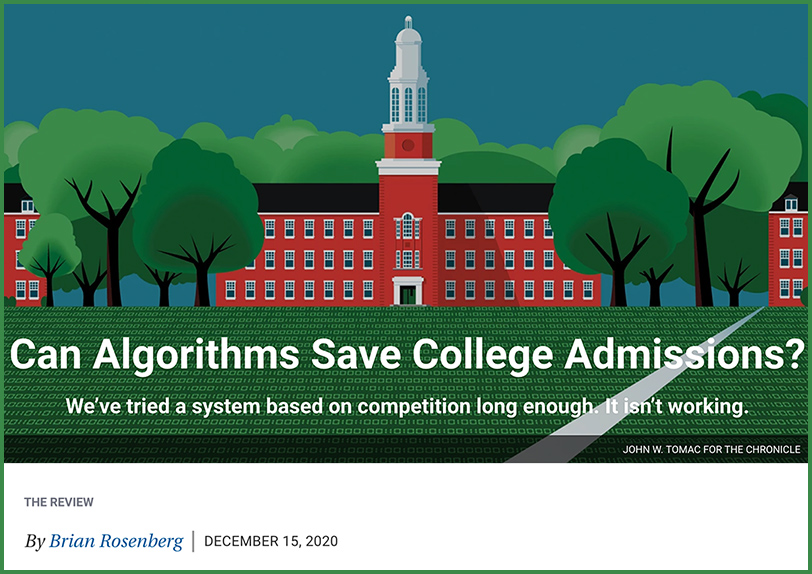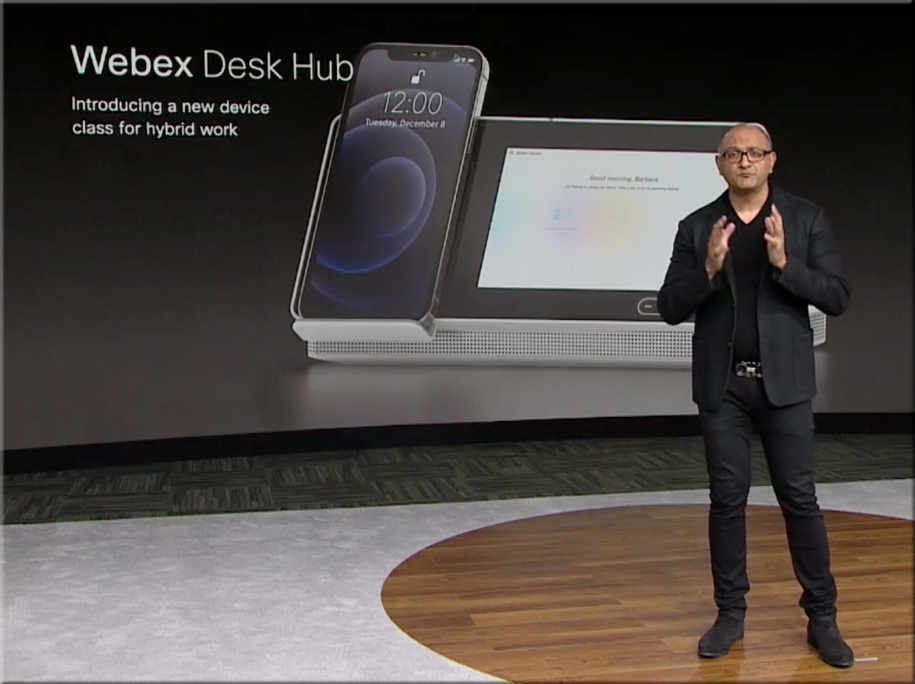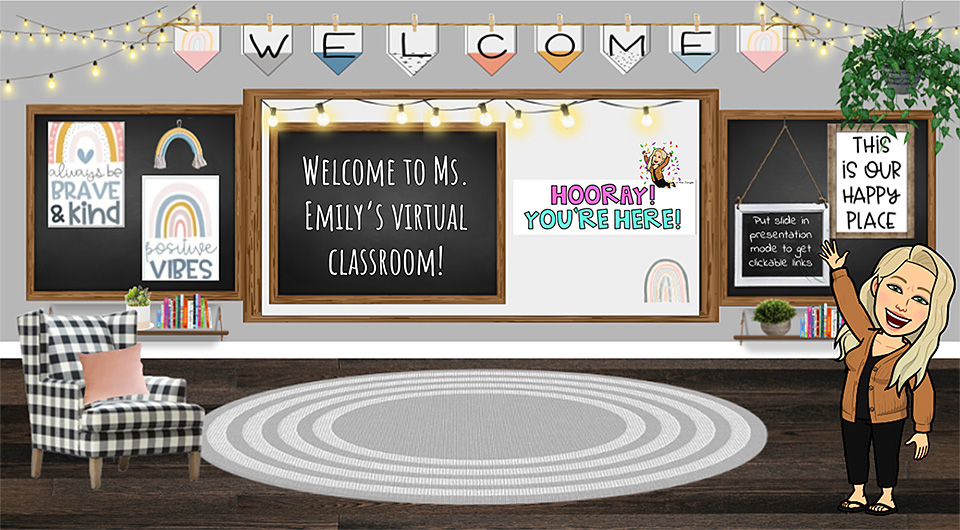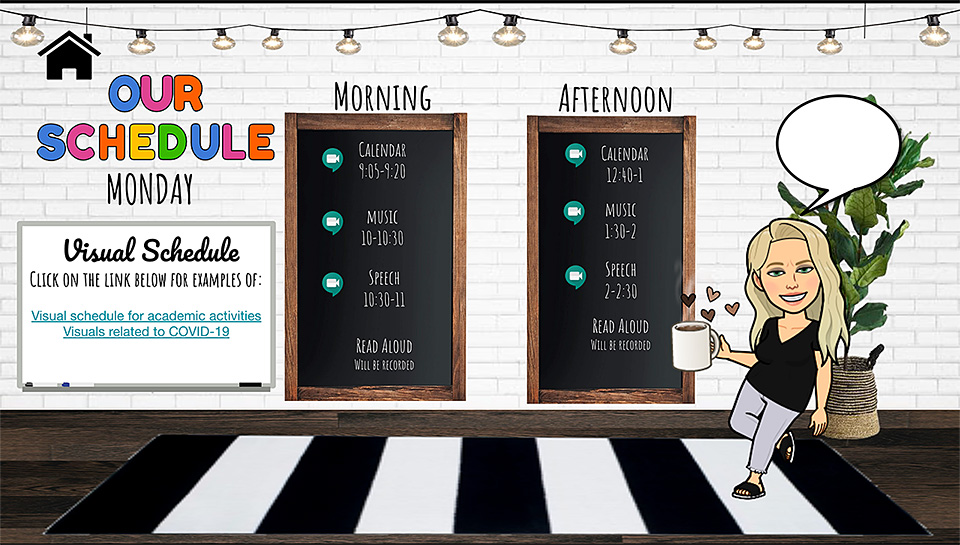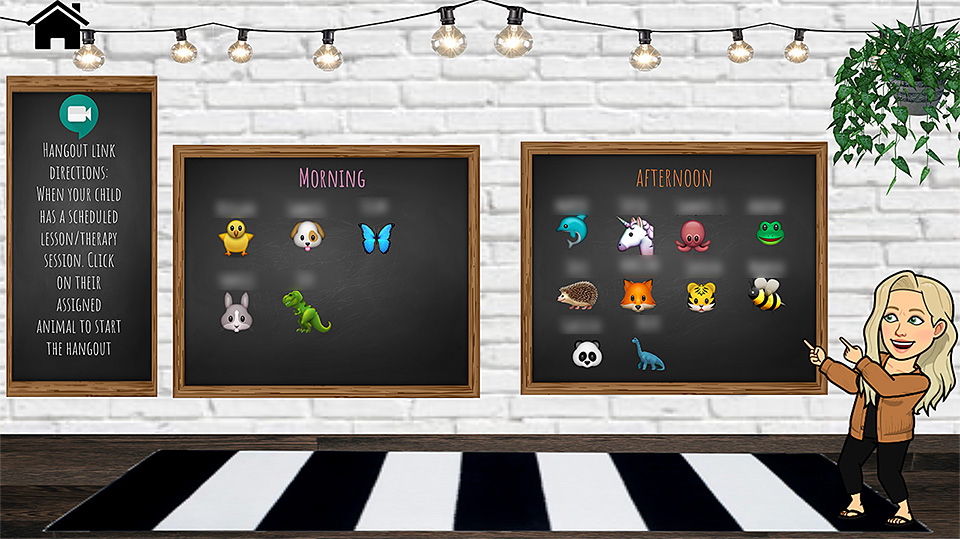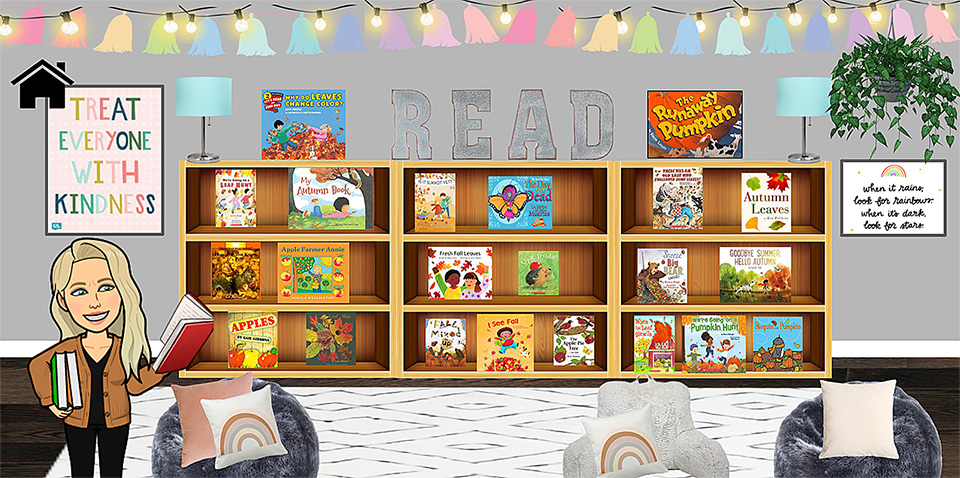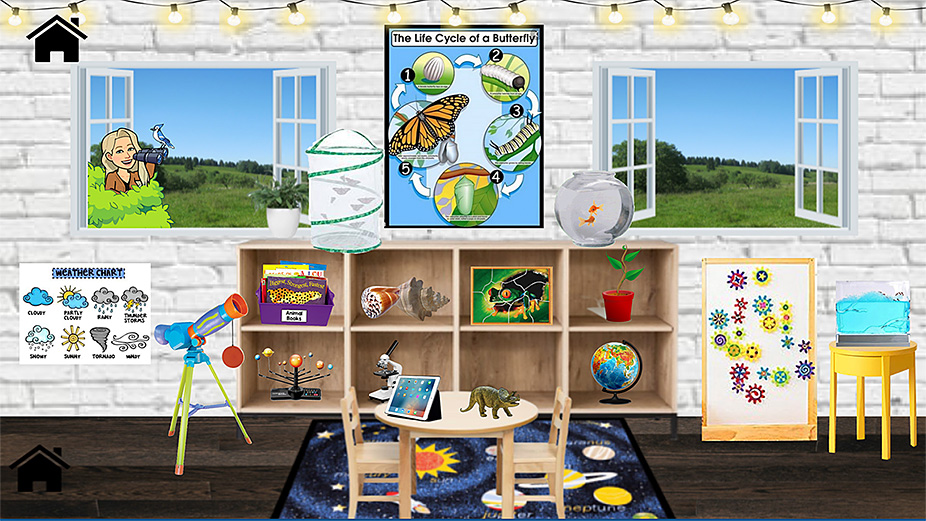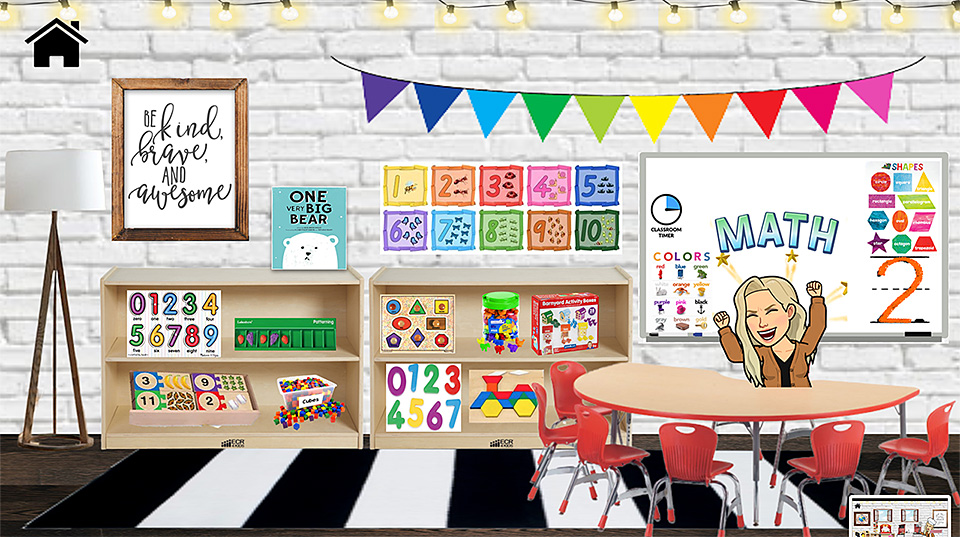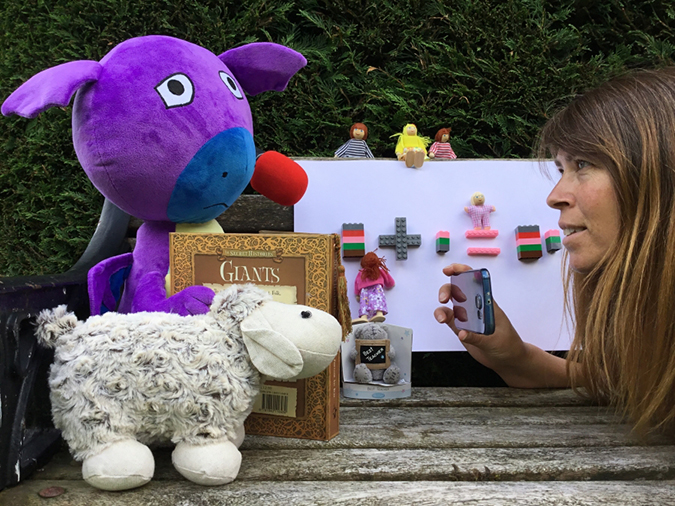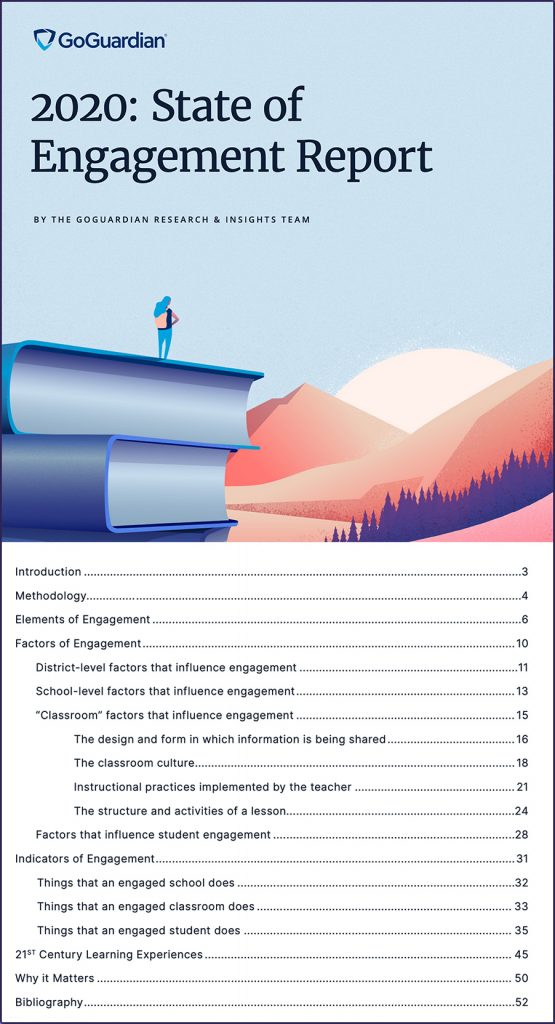Can Algorithms Save College Admissions? — from chronicle.com by Brian Rosenberg
We’ve tried a system based on competition long enough. It isn’t working.
Excerpt (emphasis DSC):
Here is an alternative and much more radical proposal: What if we replaced the current and longstanding admissions process among private colleges with a match process, similar to what has for years been used to match medical-school graduates with residency and fellowship positions? What if, in other words, we used data and algorithms instead of travel, merit aid, and free food to drive college admissions?
From DSC:
Love the “What if…” thinking here and the spirit of innovation behind it. I wonder if AI and cloud-based learner profiles might play into something like this in the future…?
Also see:
7 Ways To Make College Admissions More Equitable — from stradaeducation.org by Patty Reinert Mason and Jeff Selingo
Is it time to reconsider early-decision applications, legacy preferences, and reliance on feeder high schools?
Selingo offers these practical steps colleges and universities can take to make admissions more equitable:
- Eliminate early-decision applications.
- Be upfront about what you’re looking for in this year’s incoming class so students and parents have the information they need.
- Be transparent about what it costs to study at your school.
- Look beyond traditional “feeder high schools” for recruitment, creating opportunity for a more diverse group of students.
- Reduce preferences given to athletes and legacies.
- Rethink application requirements to put more emphasis on high school coursework and grades and less on extracurriculars, recommendations, and essays.
- Expand the size of freshman classes.
Also see:
- Attention Administrators: More Flexibility in Online/Course Schedules Results in Higher Enrollment — from fierceeducation.comby Jacqueline Renfrow









